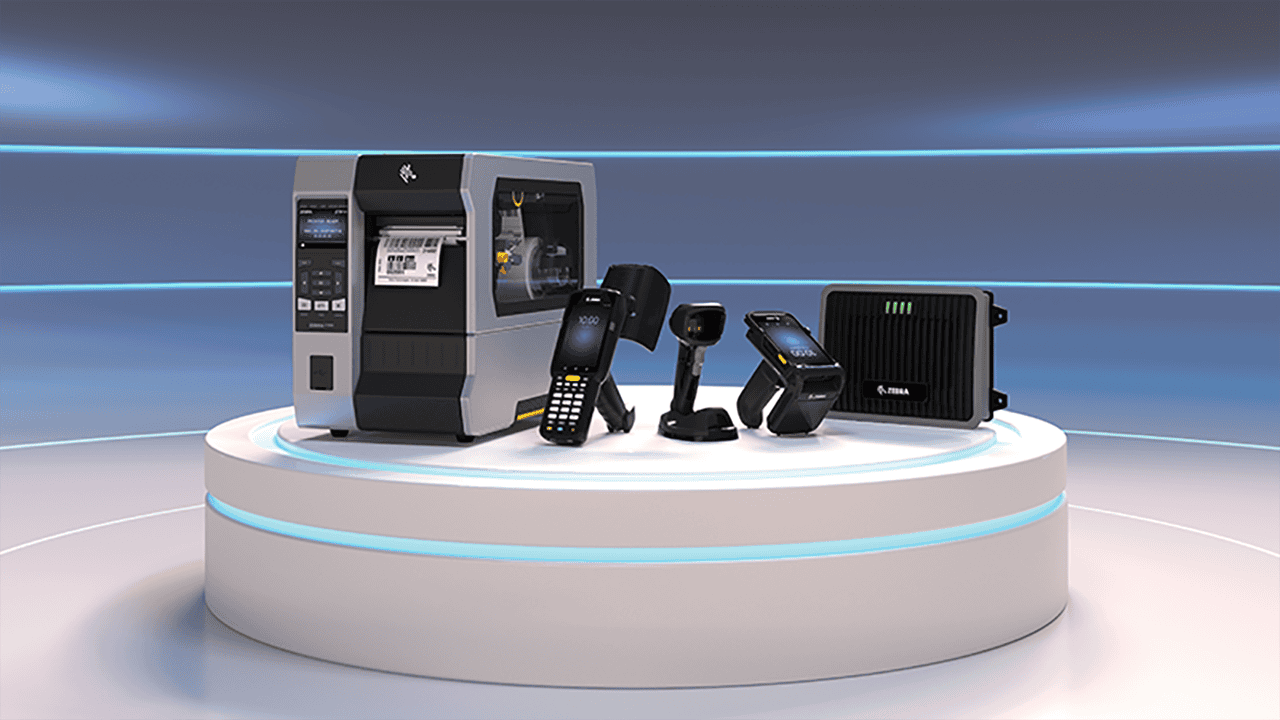Warehouses were not designed to be complex or confusing. The idea is simple — store products until they are needed elsewhere in the supply chain. However, the role of the warehouse has been evolving as of late, and it will continue to evolve over the course of the decade. This warehouse evolution was sparked not only by the emergence of new technologies, but also by the expectations of consumers. The world is embracing wireless, portable devices that allow for instantaneous communication. In the warehouse, these devices allow for an increase in efficiency, visibility throughout the supply chain, and more control over inventory.
In a warehouse, different operations tend to be controlled by different systems. Although it made sense to keep these processes separate in the past, recent trends show them being integrated. Synchronization improves efficiency and is beneficial to the supply chain. Looking at the warehouse as a whole can help a manager understand where certain processes overlap. Instead of completing the same task several times, it would be wise to do it once and apply it to all appropriate areas, including:
Inbound/Outbound Handling
The handling of inbound products is proving to be extremely important to the success of the warehouse. Any issues that occur at this stage will have a ripple effect throughout the supply chain. In the next few years, the emphasis will be on identification and tracking. It is much too common for barcodes and information to be missing or damaged. Damaged or missing information can lead to missing products or, at the very least, can lead to improperly tracked items. These problems can be fixed by industry-specific barcode requirements, and the use of up to date technology. Warehouses will also attempt to increase the number of items that use barcodes. It is important to be able to trace as many items and products as possible.
The packing and shipping of outbound products is vital to the retention of customers. Customer satisfaction plummets when deliveries are incorrect or late. In order to maximize profits, shipments must be accurate and timely. As time goes on, powerful mobile devices will be the key to outbound handling. New technologies will help synchronize the warehouse, making it more precise.
Pick and Fill
 The process of picking and filling the inventory of a warehouse is the top priority for businesses, mainly due to the amount of money it can cost. Employees play a large part in this process, and their labor is actually part of the reason it can be so costly. In order to combat this, companies are looking for ways to decrease the time it takes to train workers. The goal is also to automate this portion of the warehouse as much as possible in order to accomplish the following:
The process of picking and filling the inventory of a warehouse is the top priority for businesses, mainly due to the amount of money it can cost. Employees play a large part in this process, and their labor is actually part of the reason it can be so costly. In order to combat this, companies are looking for ways to decrease the time it takes to train workers. The goal is also to automate this portion of the warehouse as much as possible in order to accomplish the following:
- Increase productivity up to 1,000 lines per man hour
- Improve picking accuracy up to 99.99%
- Deliver higher customer service levels
- Optimize space utilization up to 40% compared to conventional warehouses
Inventory
Although new technologies have been embraced in warehouses for years, pen and paper use has still survived. In the next few years, that is supposed to finally change. Eliminating the use of paper can save a business quite a lot of money, but it is also better for the environment. The main drawback to using paper in the warehouse is the static nature of the information that can be displayed. The information on paper is going to stay the same until an updated sheet is available. By switching entirely to computers, warehouses will be able to have up-to-date information at all times. Many of the processes relating to inventory can be automated. Once automated, the warehouse will always have an accurate understanding of the inventory.
The warehouse has become much more than a simple storage facility. The demands of customers and the desire for efficiency have driven warehouses to embrace technology in entirely new ways. Businesses are just beginning to realize what kind of benefits an automated and efficient warehouse can have. Over the next decade, the warehouse will continue to grow in complexity as companies look to maximize the potential of the supply chain.








